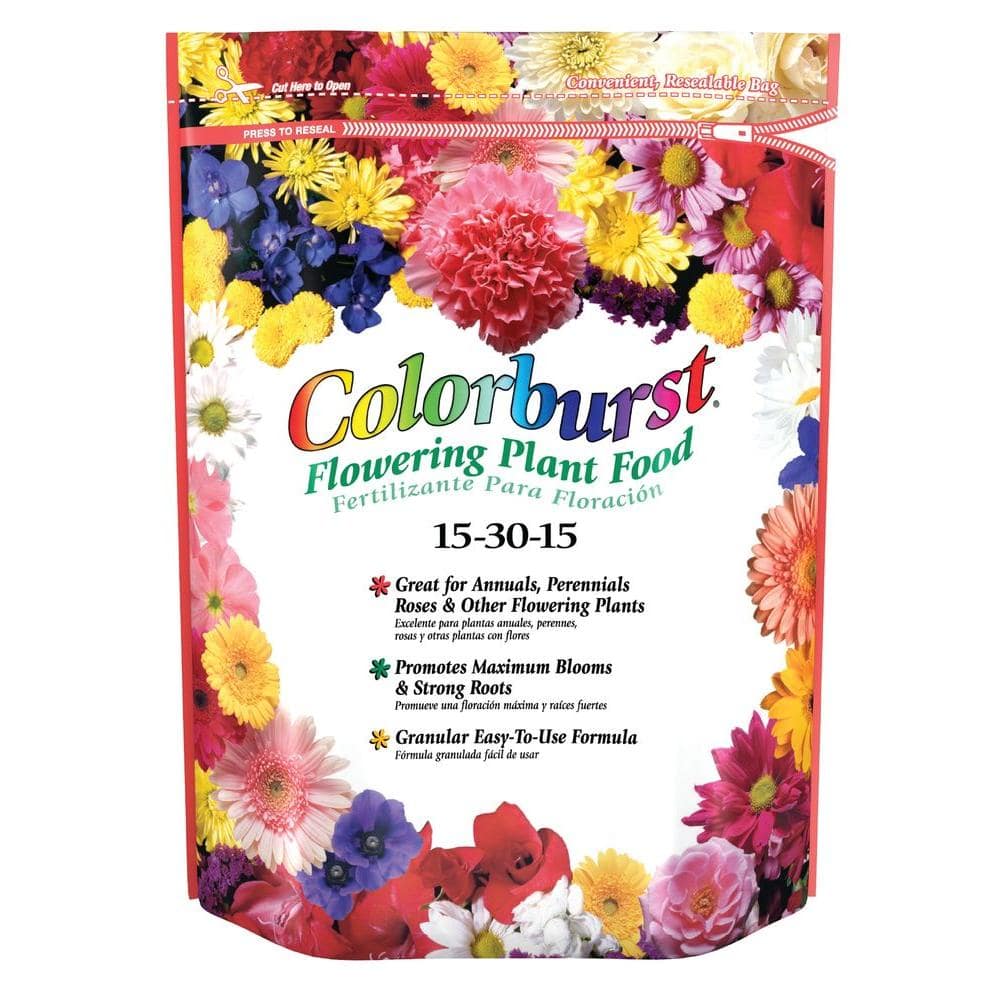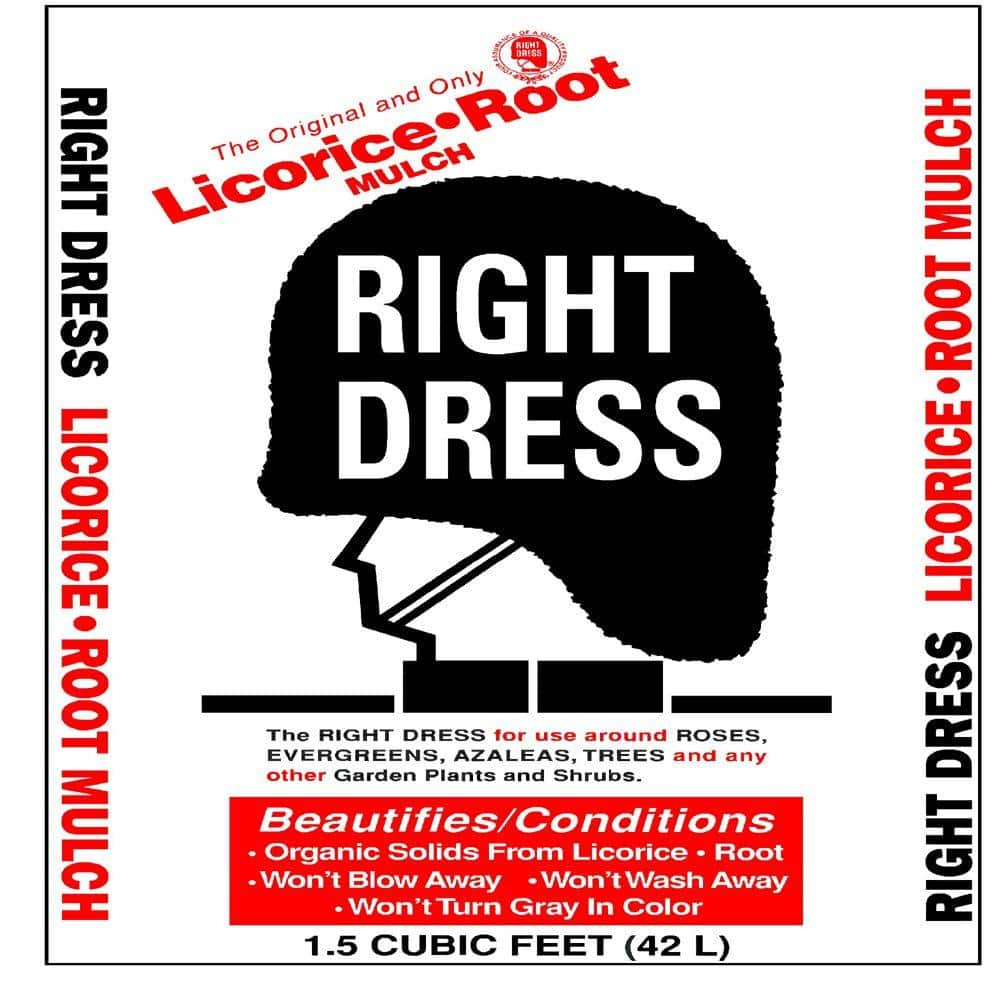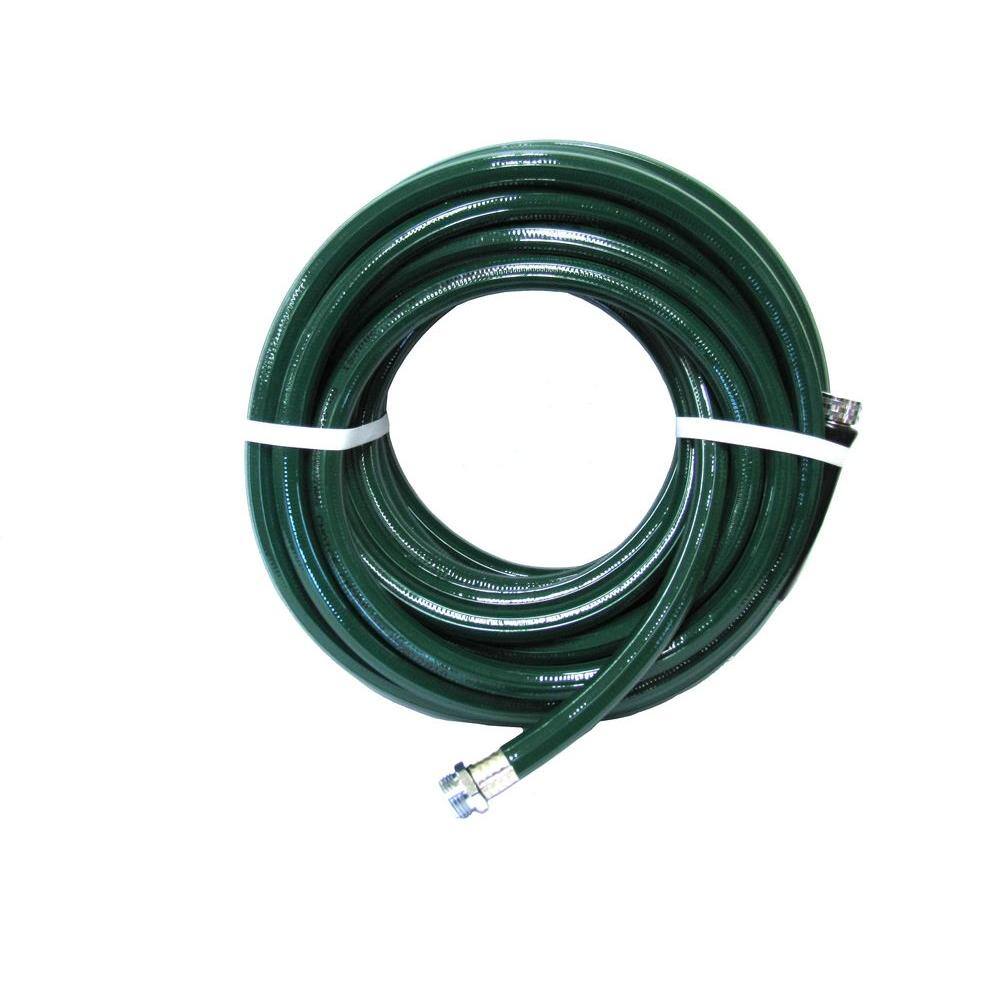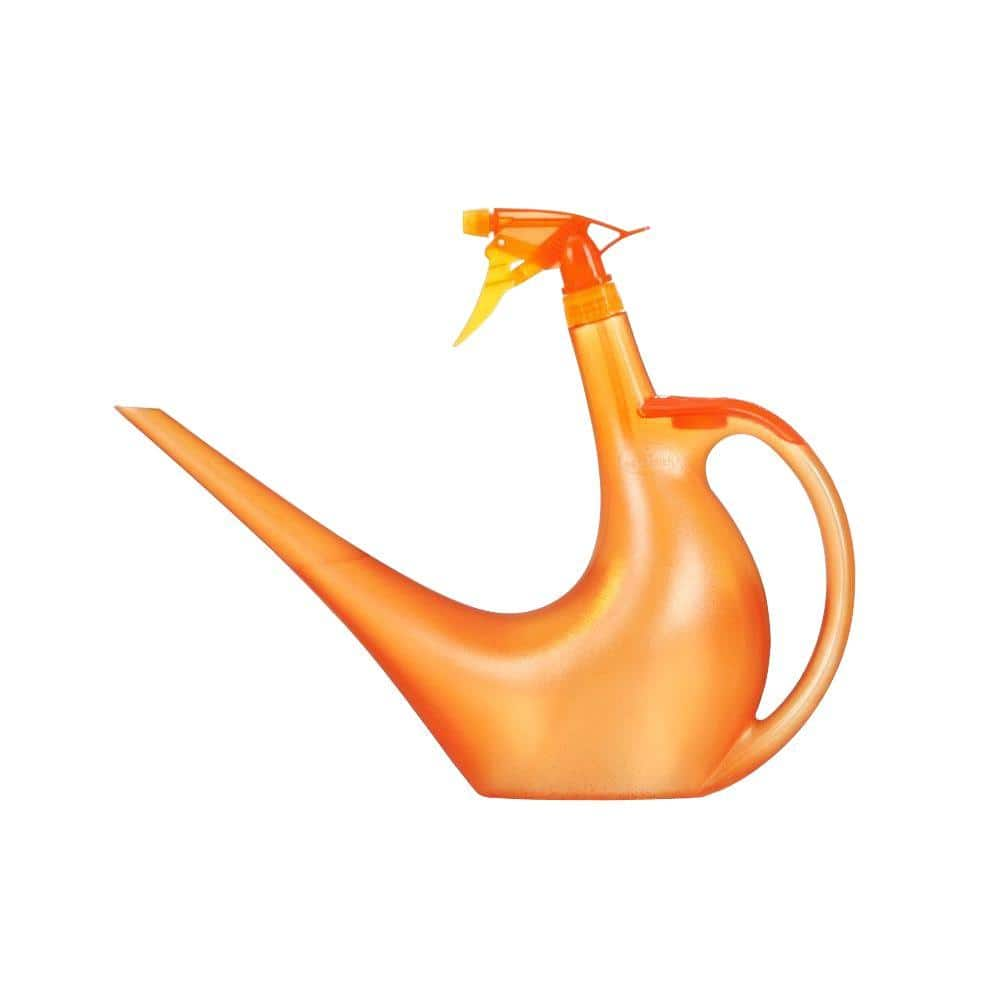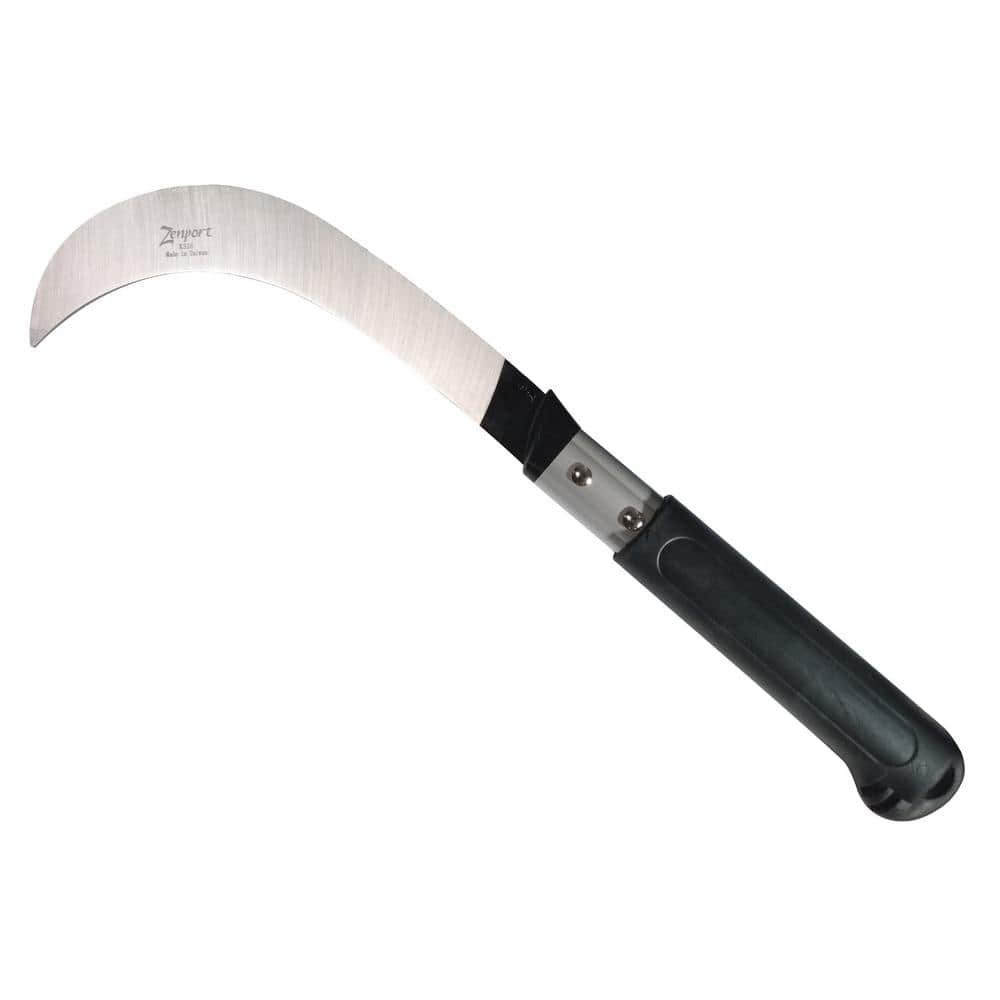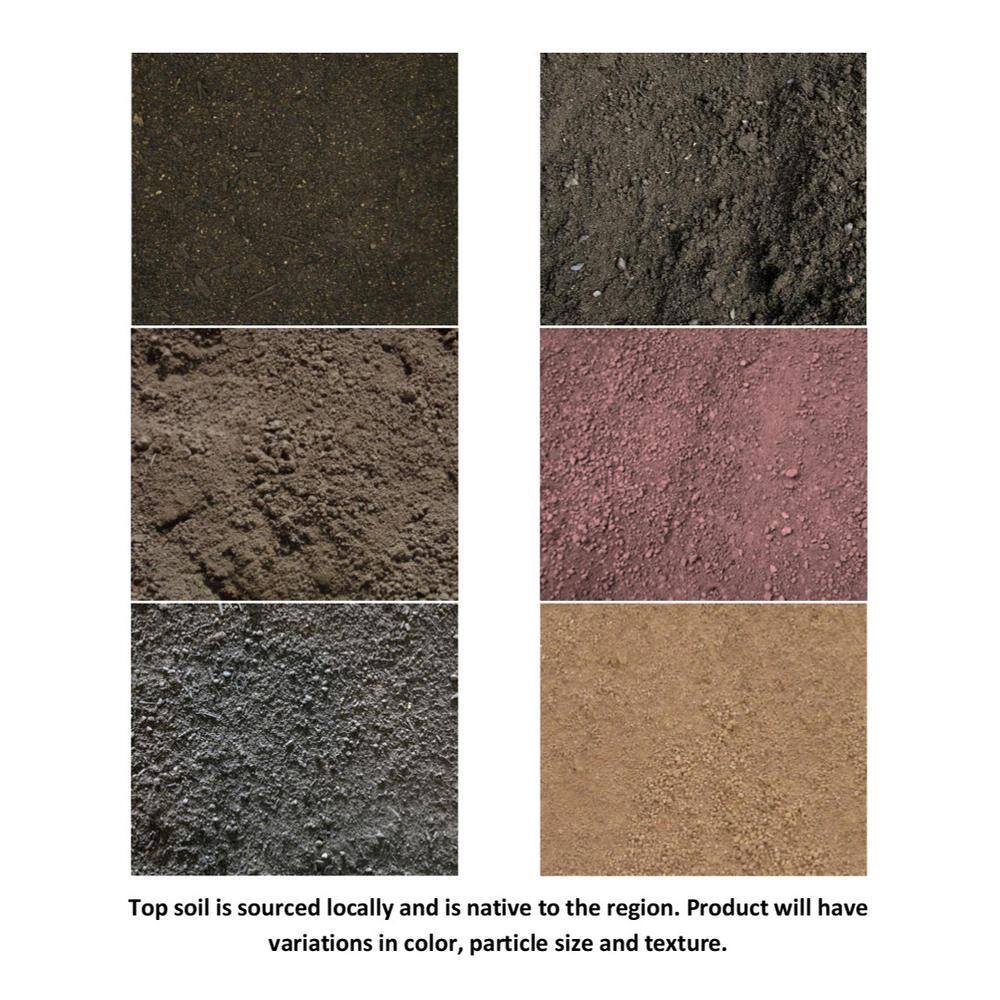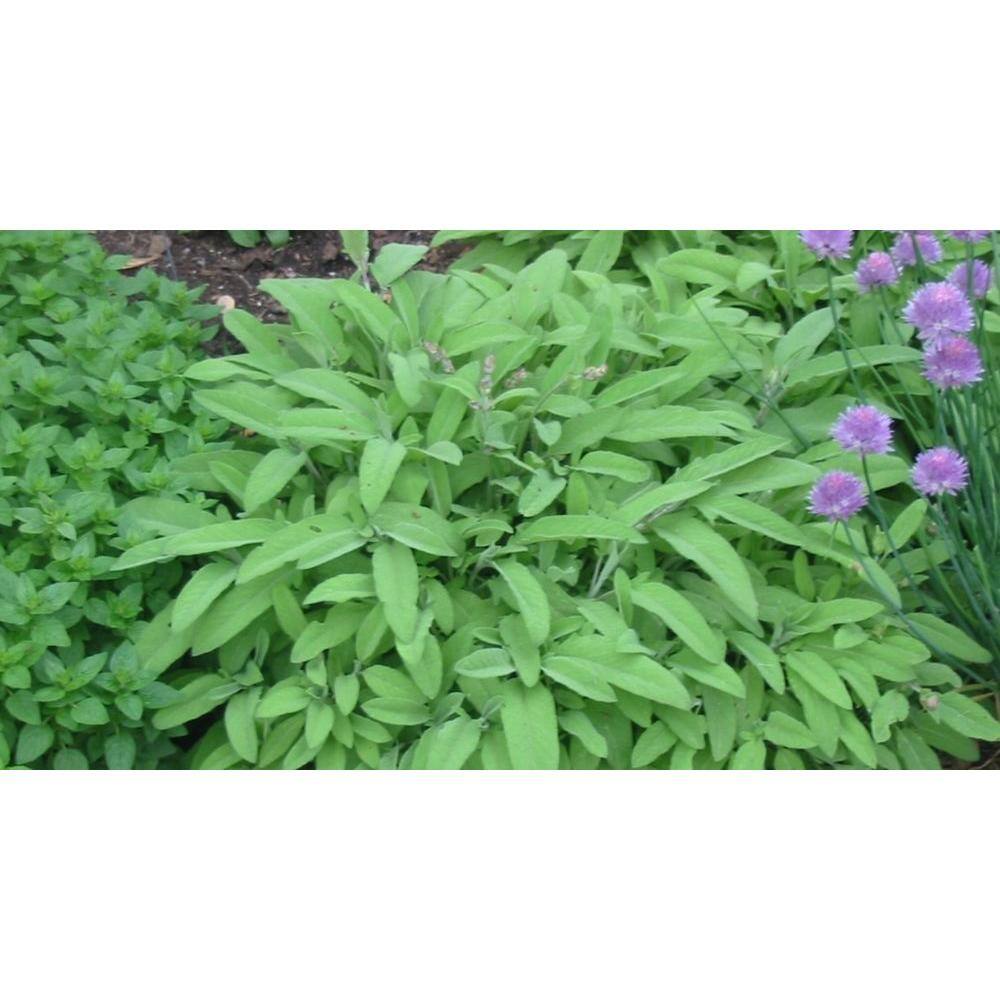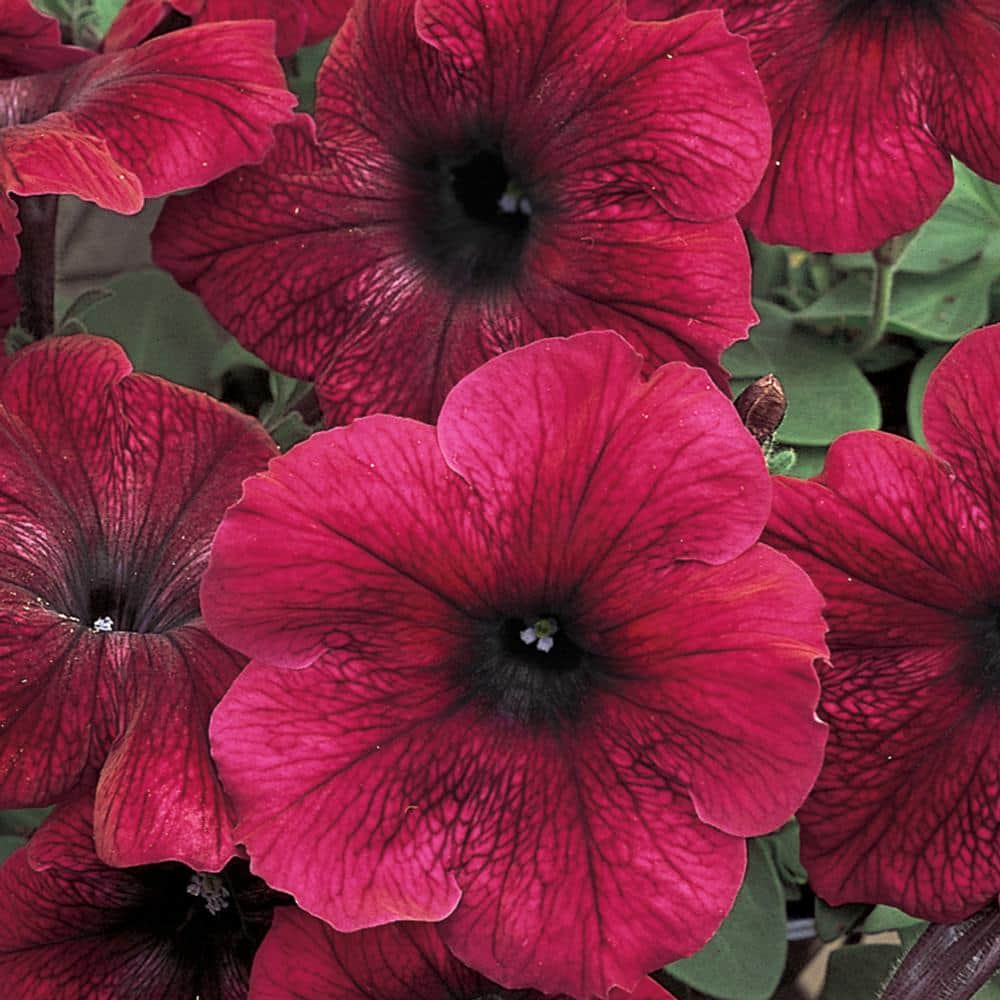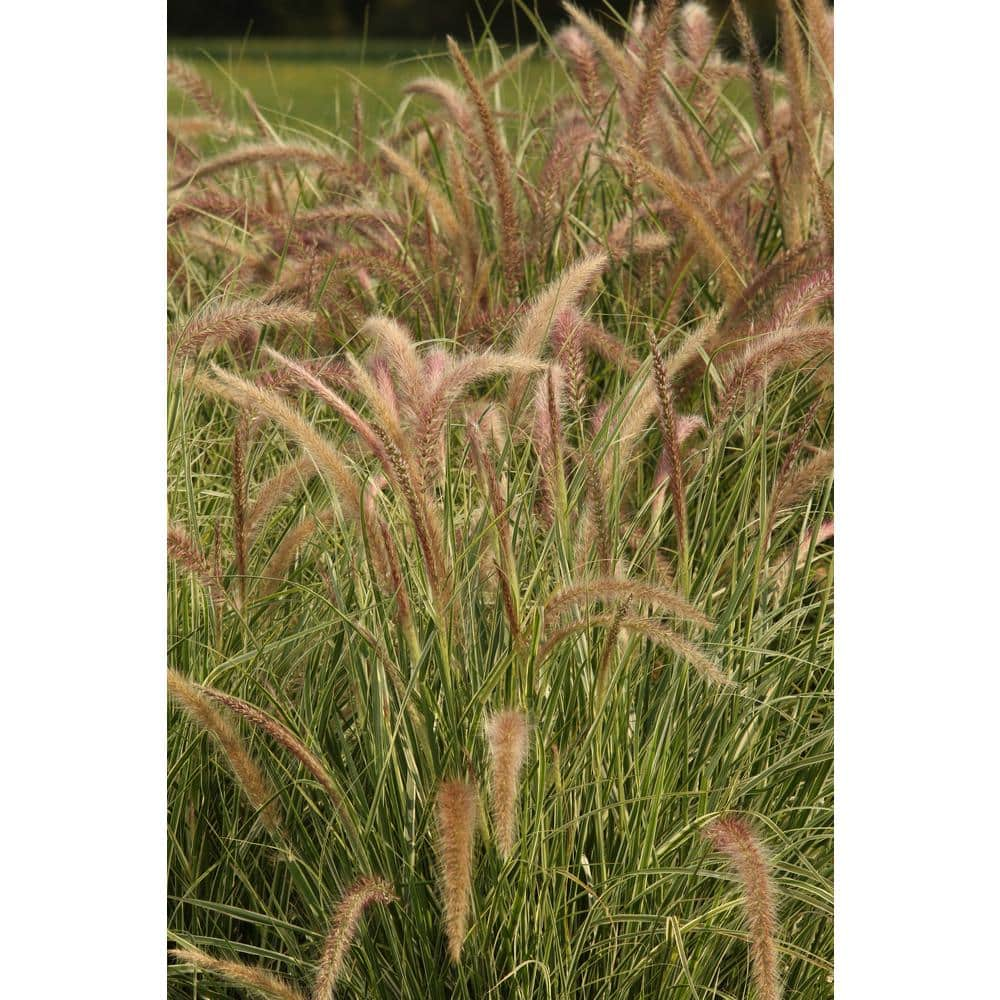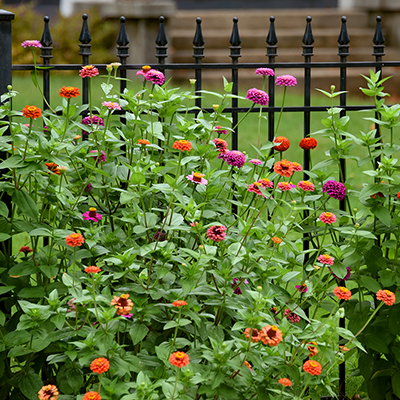Plants That Do Well in Heat
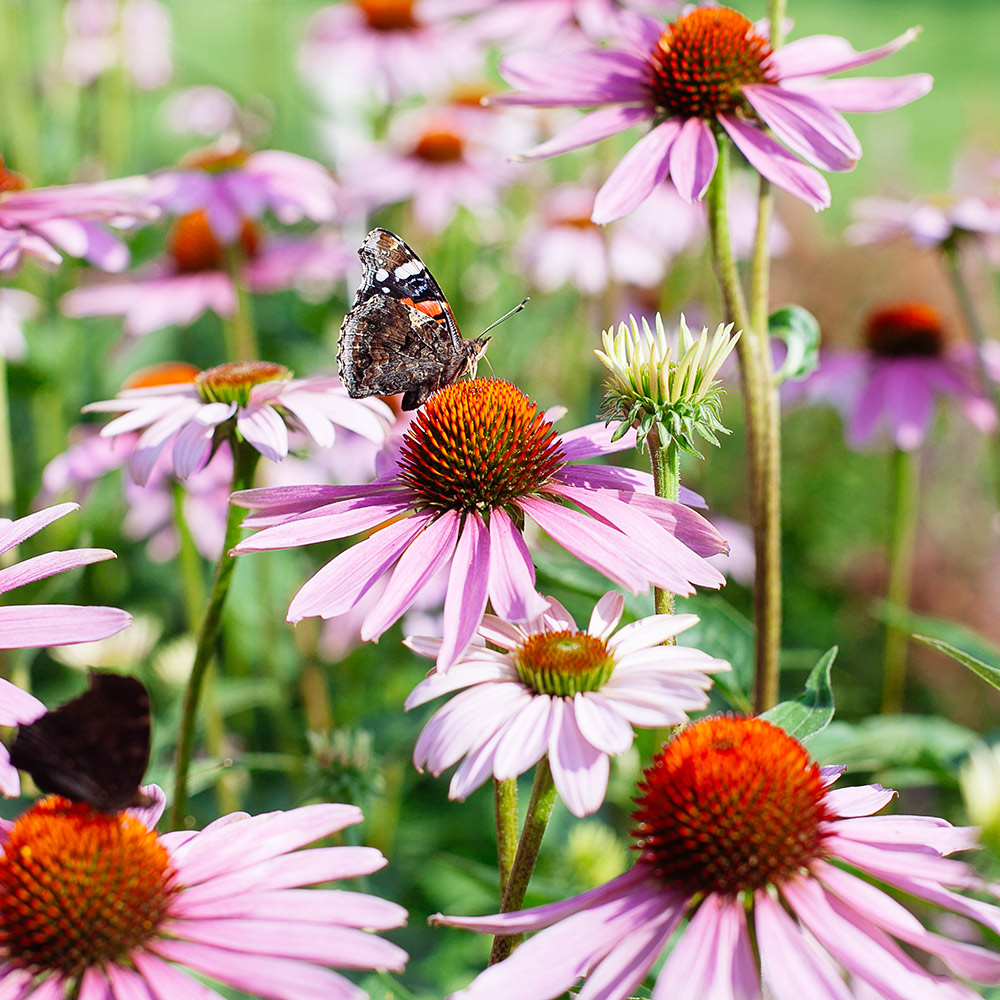
Last updated September 7, 2023
Fill your garden with sun-loving plants that can handle the heat. Colorful flowers and bold leaves look great and offer butterflies and other pollinators a place to feed. Try these heat-loving plants in your late summer garden.
Table of Contents
Ornamental Grass
Lantana
Daylily
Limelight Hydrangea
A Colorful Trio of Perennials
Coleus
Ornamental Grass
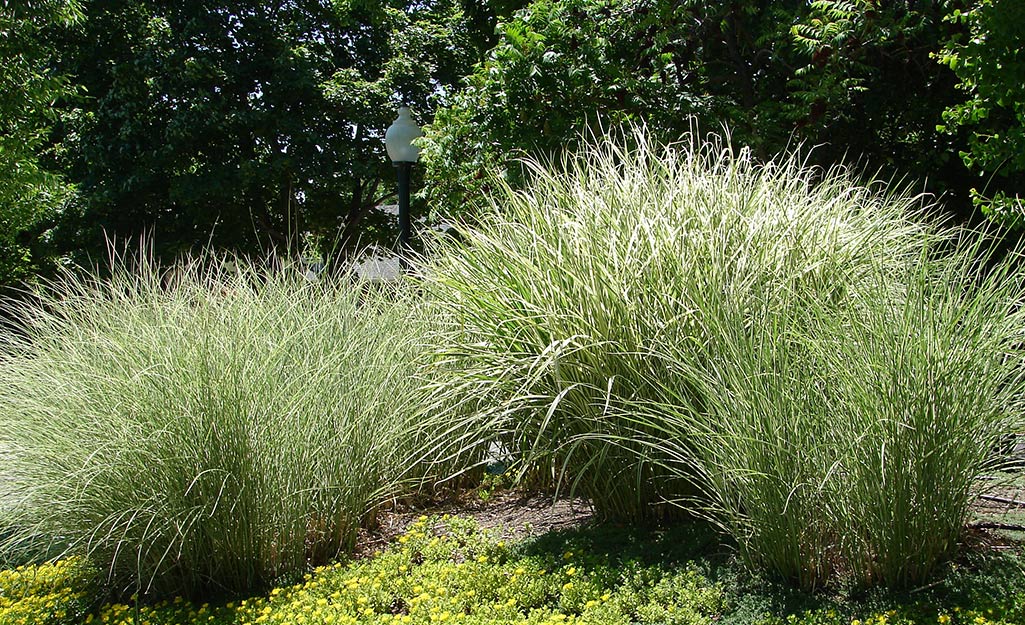
Ornamental grasses are late summer bloomers. Most need little more than room to grow and average soil. Once established, they are low-maintenance and resilient. To support growth, cut back in the fall or early spring, and fertilize annually.
Lantana
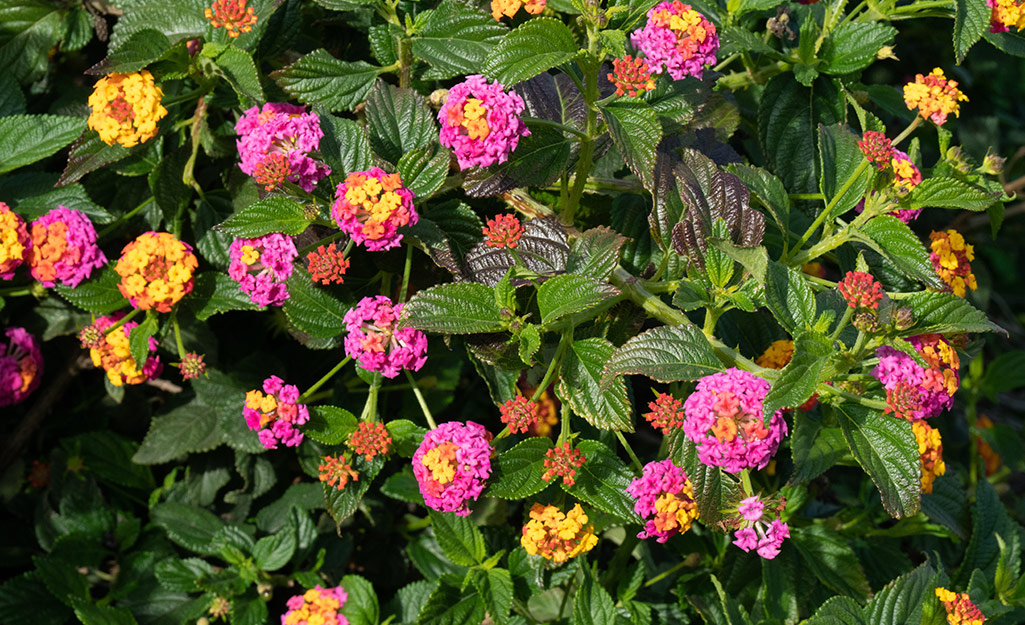
Colorful lantana produces clusters of brilliant blooms, usually variegated red, yellow, pink and orange on woody stems. Lantana is salt-tolerant, making it a favorite in coastal quarters. Light pruning in season may be necessary, but lantana is resilient once established.
Lucky Southern gardeners can grow lantana as a perennial in USDA Hardiness zones 8 to 11. Lantana ‘Miss Huff’ will tolerate temps as low as zero degrees, making it a fine choice for zone 7 gardens. In zones further north, lantana makes a fine annual. Learn more about choosing plants by hardiness zones. Plant lantana (and its best friend, verbena) in the hottest corner of your garden to bring in the butterflies.
Daylily
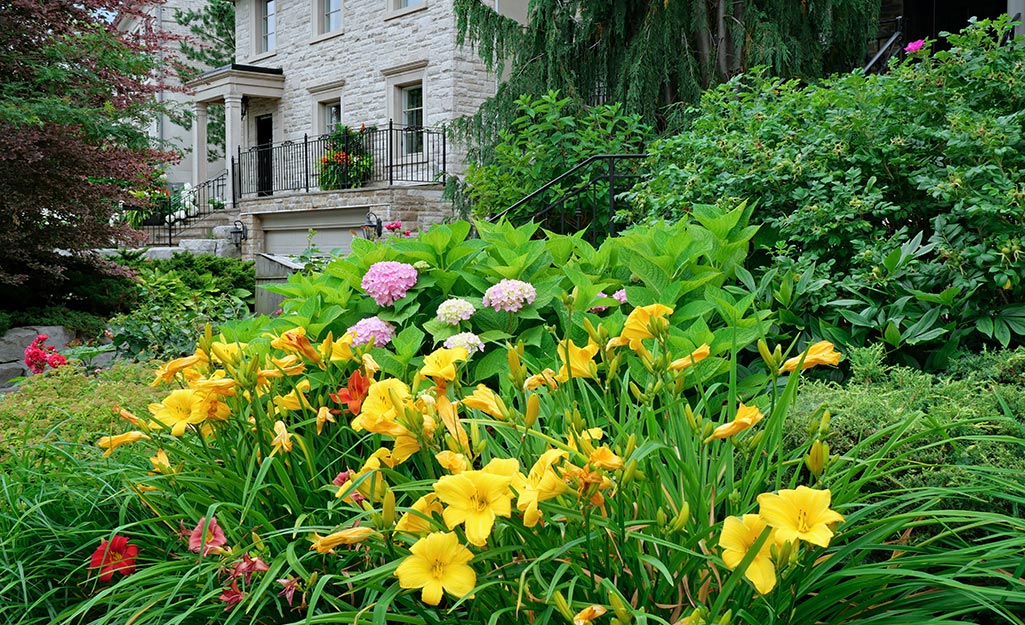
Daylilies may be the perfect perennial: reliable, colorful and adaptable to a variety of climate conditions. They are not true lilies like Asiatic and Oriental lilies (genus lilium) that grow from bulbs. Daylilies (genus hemerocallis) grow from rhizomes and are widely cultivated, so there’s always a daylily variety to add sparkle to your late summer flower border.
Plant daylilies in well-draining soil amended with compost. Give them a 2-inch layer of mulch to slow evaporation during the heat of summer.
Limelight Hydrangea
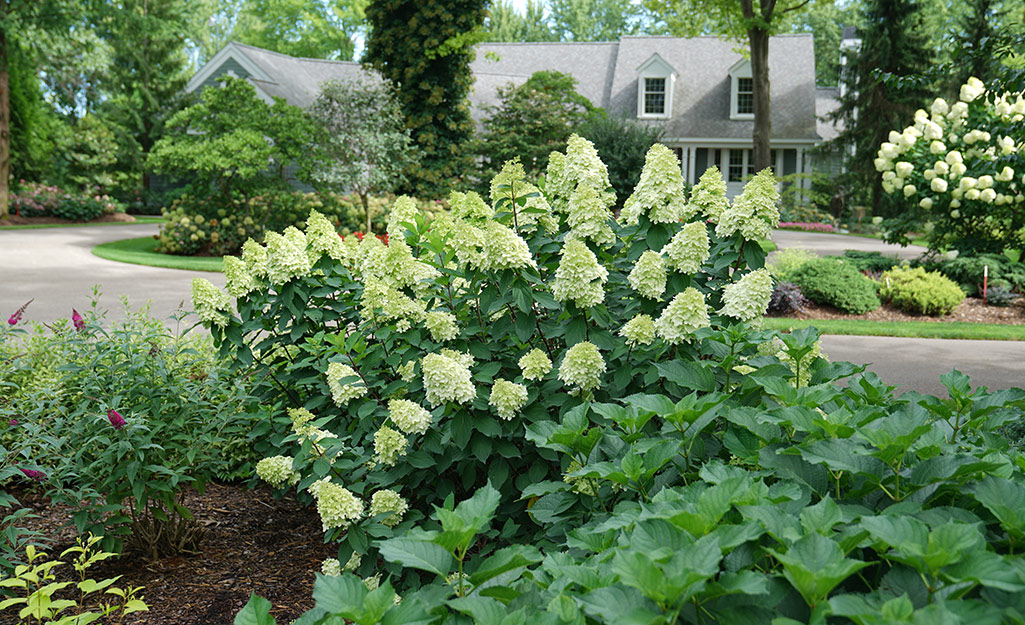
Hydrangeas bring color and texture to gardens but “Limelight” is extra special. Limelight hydrangea has clusters of celadon green flowers that age to pink, red and burgundy. Limelight is drought-tolerant and will come back every year in hardiness zones 3 to 9.
Give Limelight hydrangea partial to full sun and moist, well-drained soils. This shrub grows 6 to 8 feet tall, and if that’s too big for your space, take heart, and look for “Little Lime” hardy hydrangea. This little sister grows 3 to 5 feet tall and can be grown in a container. Top dress hydrangeas with organic compost in summer and a layer of mulch to help retain moisture. Established, healthy hydrangeas may droop in the hottest part of the day in summer, but take heart and hold back the garden hose, they will most often recover by morning.
A Colorful Trio of Perennials
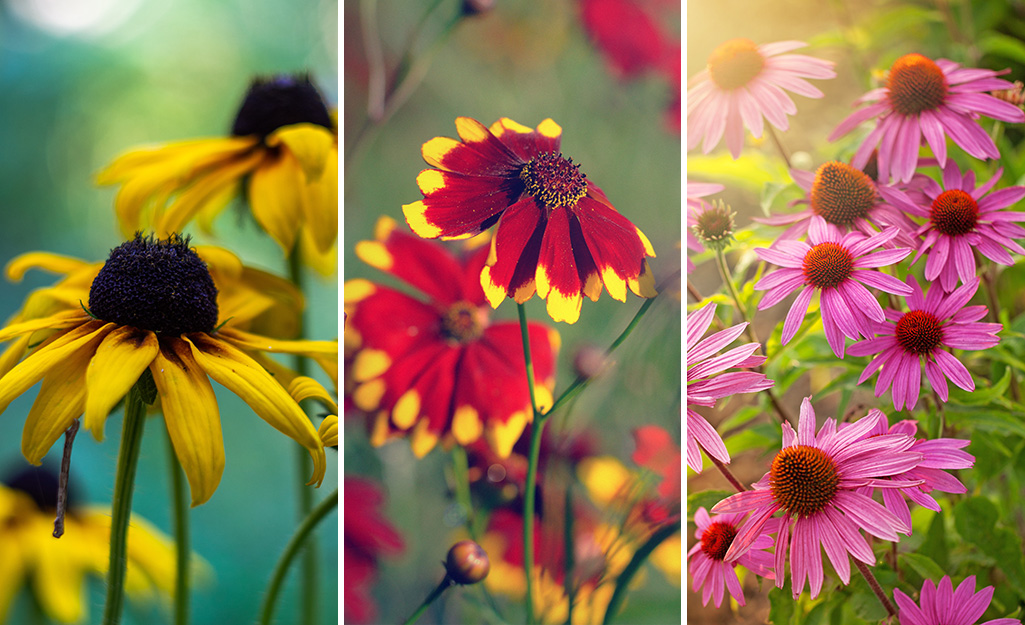
Rudbeckia (Brown-eyed Susans), coreopsis (tickseed) and coneflower (echinacea). These vigorous performers are designed to endure the late summer doldrums. Alone or together, they are reliably perennial in zones 4 to 8, with some selections proving hardy to zone 3. This trio is known for deer resistance, drought tolerance and being irresistible to butterflies.
Rudbeckia, coreopsis and coneflower also play well together, with companionable colors, textures and soil requirements. Give them well-draining soil amended with compost and a blanket of mulch to keep the roots cool. In late fall, leave the bare stems and seed heads on these perennials to give birds and beneficial insects a habitat and nutrition.
Coleus
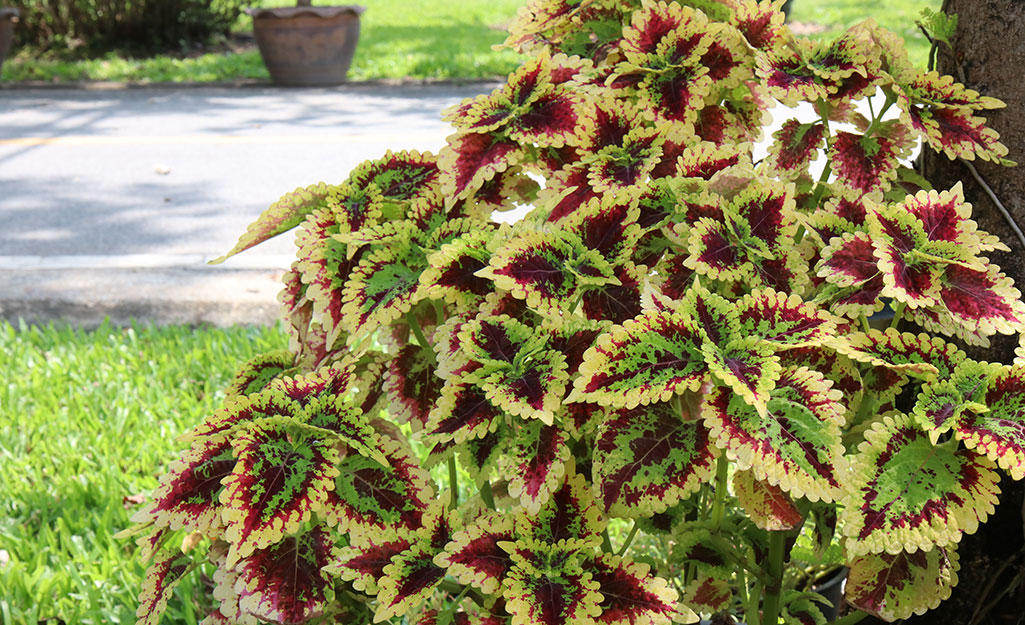
This exuberant annual is so generous and forgiving that frequent watering hardly seems like too much to ask of the gardener. The gasp-worthy coleus foliage is a bonus. As temperatures increase in summer, coleus sends up flower stalks. They attract pollinators, but also make the plant leggy. Frequently pinch leaves back to keep the plant in shape.
Coleus is an adaptable plant, able to handle sun or shade and all the variations in between. For full sun, look for varieties with a darker, thicker leaf. Plant the lighter colors in shade, and bonus, they won’t require as much water.
Coleus is easy to propagate: just pinch back new leaves and stick the stem in good quality, damp potting mix. Keep the new plant out of the sun for a few days, until the shoot roots, then move to a partial shade site.
More Heat-Loving Flowers
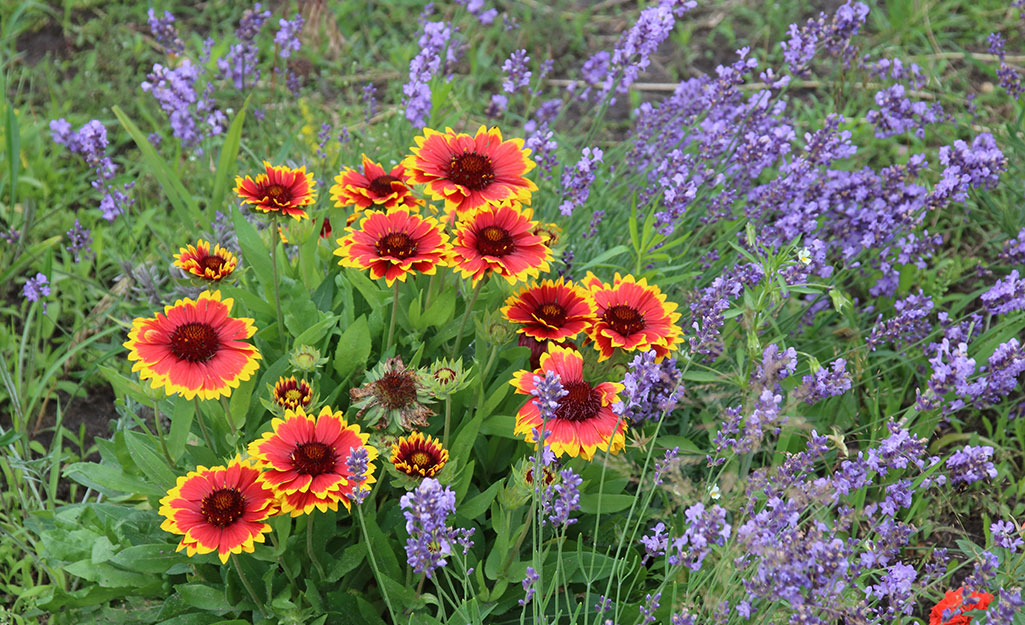
Look for these plants for your late summer garden:
- Bidens
- Calibrachoa
- Cuphea
- Dahlia
- Dipladenia
- Dusty Miller
- Euphorbia
- Gaillardia (blanket flower)
- Geranium
- Hibiscus
- Ice Plant
- New Guinea impatiens
- Pentas
- Petunia
- Rose of Sharon (hibiscus)
- Salvia
- Sedum
- Zinnia
How to Plant in Late Summer
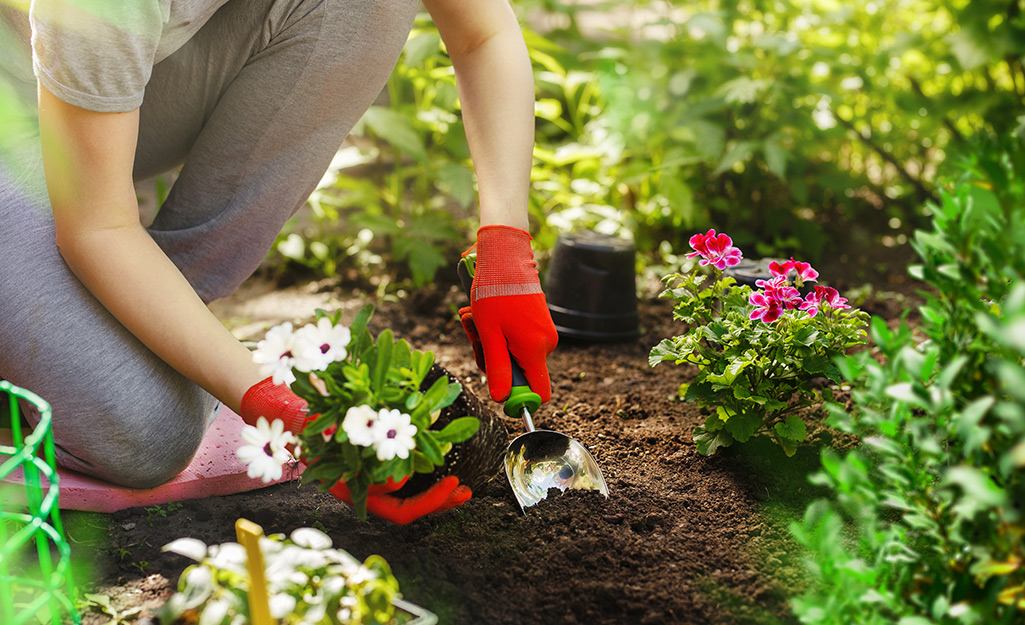
Late summer isn’t too late to plant flowers and shrubs, as long as you’re willing to water. Rainfall will supplement, but you’ll need to commit to watering several times a week to reduce heat stress on the plant. Larger plants and shrubs need even more water. As the weather cools, you can taper off the watering schedule.
- Purchase healthy, well-watered plants. Read the plant tag and look for phrases like drought-tolerance or heat-tolerance.
- Amend your garden soil with compost to improve drainage. When planting in containers, use a potting mix with moisture control to help keep water in and feed the roots.
- Dig a hole as deep as the container and twice as wide.
- Mix organic compost into the soil.
- Use a garden trowel to dig individual holes, or a shovel to dig a bed for more plants.
- Grasp the plant pot in one hand and squeeze to loosen the plant. Gently remove the plant from the container and tease out the roots.
- Plant the flowers as deep as the container they were in, fill the hole with remaining soil and gently pat down around the roots.
- Water thoroughly.
- Mulch a couple inches around the new plants to retain moisture.
How to Keep Your Plants Thriving in Late Summer
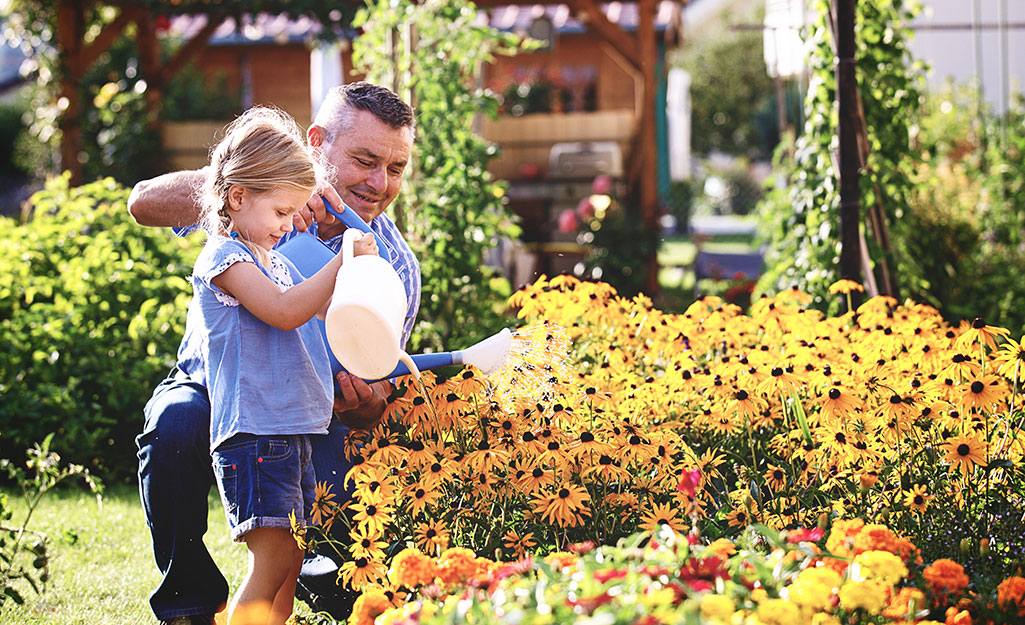
When the heat’s on, there are different ways to keep your garden cool, everything from hose timers to soaker hoses. Hose timers can be useful because you can water an area just when it needs it with simple programming. If you select a hose timer with two outlets, you can water separate areas at the same time or at different intervals. You can also attach a soaker hose to one while freeing up the other to a sprinkler.
Here are some more options for keeping your plants well-watered:
In the heat of summer, it’s not too late to plant colorful blooms in your garden. When you invest in hardy, heat-loving plants, you’ll be rewarded with color, depth and texture. Check out The Home Depot Mobile App to find plants that perform well in containers as well as in ground. The Home Depot delivers online orders when and where you need them.
